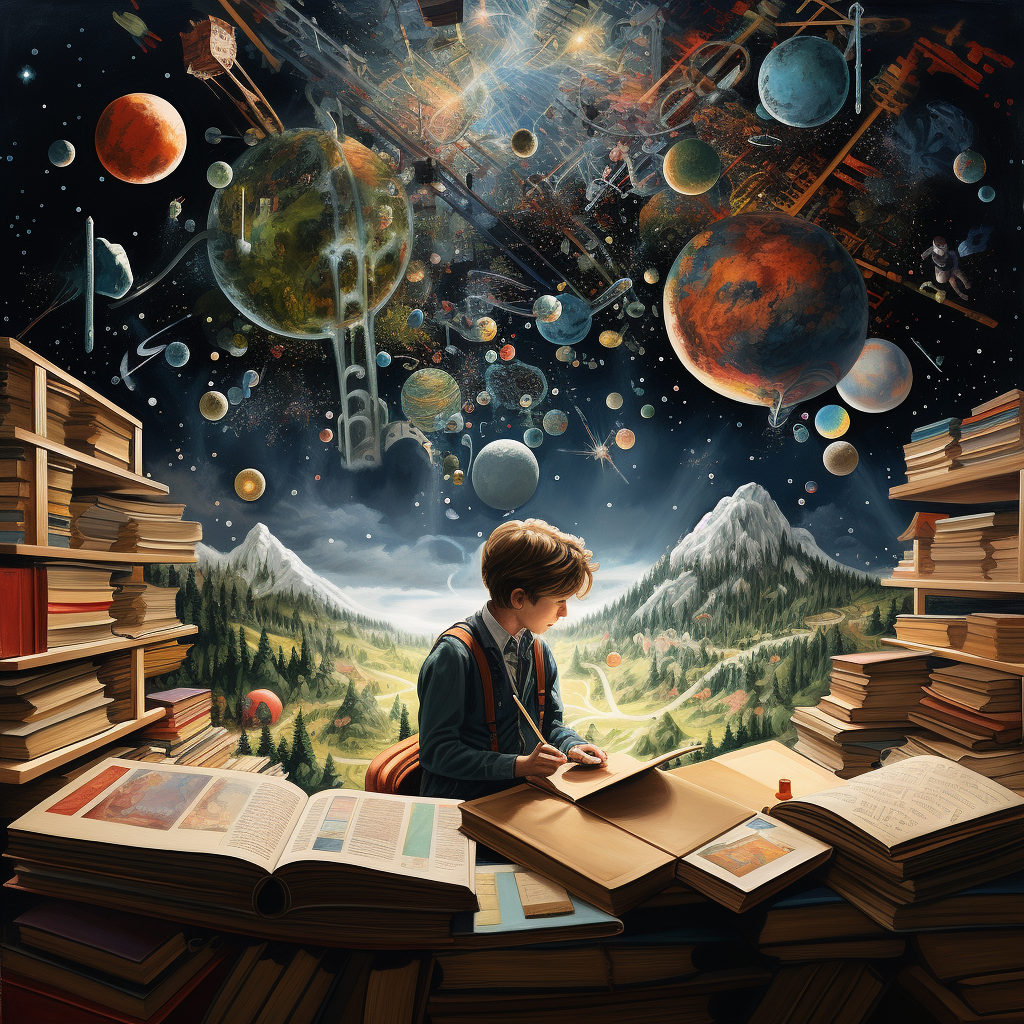Sense Learning: An Age Old Perspective on Multidimensional Learning

There are many different theories about the way we learn. Today way will explore theory of Sense Learning which was pioneered by Laird.
Laird posits that the most of knowledge acquired by adults (75%) is learned through seeing. Hearing is the next most effective (about 13%) and the other senses — touch, smell and taste — account for 12% of what we know. But the ultimate mode is when you combine sensory stimulations.
The realm of cognitive science has undergone significant transformation in recent years, leading to the emergence of novel concepts and ideas. One of these groundbreaking concepts is 'Sense Learning', an interdisciplinary field that bridges the gap between perception, cognition, and learning. This comprehensive paradigm focuses on how human beings acquire, process, and utilise sensory information to interpret their environment and navigate through life.
The Science of Perception: The Foundation of Sense Learning

Human perception is an intricate process involving multiple senses – sight, hearing, smell, touch, and taste. Through these senses, our brains receive vast amounts of information about our surroundings, which are then processed and interpreted to form our perception of the world. This process plays a fundamental role in learning. How we see, hear, touch, taste, and smell directly impacts our ability to understand and interact with our environment, thus laying the foundation for sense learning.
Understanding Sense Learning: The Theory
Sense learning goes beyond the traditional approach of learning. It is not merely about absorbing information, but it entails how individuals interpret and process sensory inputs and, subsequently, how they respond to and learn from them.
Sense learning involves a high level of cognitive processing. It requires us to utilize all of our senses in conjunction with our cognitive faculties to learn from our experiences. The theory postulates that each of our five senses contributes uniquely to our learning process, enabling us to perceive and understand the world in a holistic manner.
The Essence of Sense Learning: The Modalities

Sense learning revolves around the involvement and interaction of our five primary senses: sight, hearing, touch, taste, and smell. The theory of sense learning emphasizes that each of these senses contributes uniquely to the learning process, aiding in our comprehensive understanding of the world. In this context, let's delve deeper into each of these modalities.
Visual Learning
Vision is a dominant sense in humans. Visual learning leverages this dominance by focusing on the use of images, diagrams, charts, graphs, and other visual aids to convey information. It fosters understanding through visual representation, thus aiding in the process of memory consolidation.
Auditory Learning
This modality exploits the ability of our auditory system to perceive sounds. Learning is facilitated through the use of spoken language, music, environmental sounds, and changes in tone and pitch. Auditory learners excel when information is presented vocally or in a written format that can be read aloud.
Tactile Learning
Tactile learning, or kinaesthetic learning, involves 'hands-on' experience. It uses physical activity and the sense of touch to enhance understanding and retention. From learning to tie shoelaces to operating complex machinery, tactile learning is a crucial aspect of human education.
Gustatory and Olfactory Learning
Often underestimated, our sense of taste and smell play significant roles in our learning experiences. These senses can trigger strong emotional responses and memories, contributing to a deeper understanding and recall of experiences.
Drawbacks and Criticism
A number of past research pieces in this field have pointed out that simulation-based learning can be challenging, especially for beginners. These novice learners often struggle with setting clear objectives and articulating their findings and acquired knowledge through simulation-based activities. The abundance of information that a student can garner from a simulation can make the learning process more complex unless the data is initially streamlined and properly organised.
Conclusion
Sense learning represents an innovative approach to human cognition and learning, emphasising the comprehensive role our senses play in our perception of the world and our ability to learn from it. As we continue to explore this exciting concept, we can expect a more profound understanding of human cognition and the development of more effective educational strategies and technologies.
The potential of sense learning extends far beyond these fields, touching every aspect of human life. Whether we're learning a new language, exploring a foreign city, or merely savouring a meal, we engage in sense learning. It's the foundation of our experiences and a powerful tool for personal and communal growth.
With sense learning, we're not only broadening our understanding of the world but also expanding our potential to interact with it, forming connections, and creating memories. Indeed, this holistic perspective on learning propels us towards a future where education is not just about information, but also about experience, exploration, and enlightenment.
Happy Learning ⭐️
Colour Your Grey Matter 💡🧠
References
Laird, D. (1985). Approaches to training and development, Reading, Mass: Addison-Wesley.
